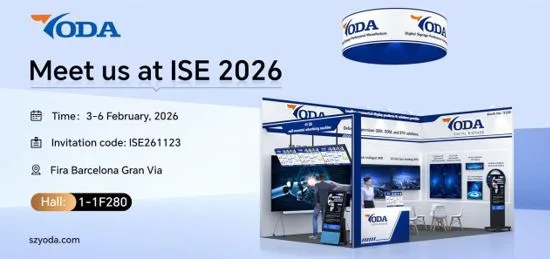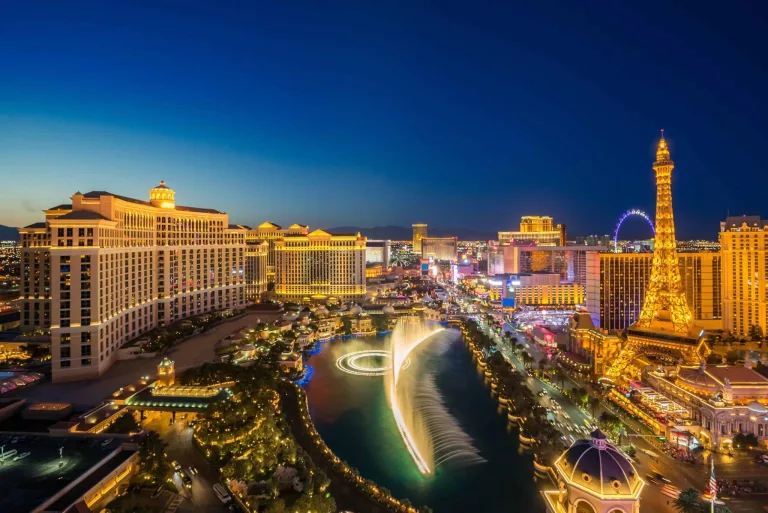Aperty vs. Evoto AI: The Best Portrait Photo Editor for Professionals
Busy portrait photographers need the best professional photo editing software that delivers natural results fast. Clients expect consistent skin tones, clean details, and reliable turnaround times. Great results come from a workflow that protects texture, keeps color honest, and respects the character of the person in front of the lens.
In this review, we compare Aperty and Evoto AI through the lens of real professional portrait retouching needs: skin cleanup, feature refinement, hair fixes, etc. We will look at how each handles face-aware adjustments and day-to-day reliability. You will see where automation helps, where manual control still matters, and how each app fits into an existing workflow without slowing you down.
Aperty and Evoto AI at a Glance
Aperty and Evoto AI are two notable examples of photo retouching software that help photographers complete real client work faster while maintaining natural and consistent images. They come with different strengths, pricing models, and workflow ideas that matter once you start using them every day.
Aperty positions itself as an AI portrait editor focused on skin, eyes, makeup, and light control. Its AI algorithms are trained specifically to analyze and enhance people’s faces. Its main goal is to reduce post-production time without compromising fine control or natural texture. Aperty also plugs into Lightroom and Photoshop, so it fits easily into existing desktop workflows.
Evoto, in turn, offers powerful panels for skin, color grading, and background work. It uses a credit-based system, where you spend credits when you render the final file. Photographers with limited budgets should keep this in mind, especially if they process large volumes of files.
In short, Aperty leans toward unlimited, workflow-friendly refinement; Evoto leans toward flexible, high-power automation with metered output.
Core AI and Toolset Comparison
The best portrait editing software should enable users to deliver polished and consistent results quickly and with minimal effort. Both Aperty and Evoto utilize artificial intelligence to make it possible, but they have different approaches to AI in post-processing.
For instance, Aperty’s Skin Consistency engine evens out tone without flattening pores. It is especially helpful for pictures taken in the uneven or inconsistent lighting like group and outdoor portraits. The Face Light module corrects uneven illumination on the forehead, cheeks, and jawline. Mixed and side studio lighting often creates patchy highlights, but Aperty can easily eliminate this problem. Makeup and Detail tools refine lash definition, add subtle brow structure, or soften lipstick edges when makeup wears off. If you are wondering how to edit hair in a photo, Aperty’s Mask and Refinement tools smooth flyaways, clean the hairline, adjust color, and subtly enhance volume without affecting the surrounding areas.
Evoto AI tackles similar portrait photo editing tasks with a more panel-driven design. Its Sculpt controls can nudge facial proportions. You can use it to fix lens distortions, which are especially common for close-ups and studio portraits with limited space. The Color tools let you adjust the skin hue separately from clothing and background. It means you can experiment with bright clothes and color gels without risking ruining the skin tone consistency. Dedicated Hair tools can add density, reduce frizz, or clean the outline around the head. They are helpful for fashion editorials, beauty portraits, and outdoor shots taken in windy conditions. The Shine Removal tool reduces harsh reflections on the forehead, nose, or cheeks without flattening the skin. It is useful for studio sessions where strong lights can create unwanted hotspots.
Workflow Speed and Real-World Performance
Aperty helps photographers set a predictable and repeatable routine for a speedy delivery. It loads large RAW files quickly, applies AI corrections in real-time, and maintains a lightweight interface. Batch adjustments work well if the lighting is consistent. Aperty also handles subtle color transitions cleanly, maintaining a uniform tonal balance throughout the gallery.
Evoto AI delivers speed differently. Its panel-based workflow allows you to apply multiple adjustments simultaneously. The software responds quickly, even when handling sophisticated tasks such as face reshaping or hairline reconstruction. Color grading and body-shaping tools update instantly. Clients can sit next to you while you are working and see the changes you are ready to offer them. Performance remains stable on long portrait sessions, though the credit-based export system means you need to plan ahead for high-volume jobs.
Conclusion
Aperty is built for photographers who want fast, natural portrait refinements and consistent output across large sets. It keeps the workflow simple, preserves texture, and avoids heavy-handed corrections. This option is ideal for studios, headshot teams, and wedding photographers who need reliability above everything else.
Evoto AI offers more room for creative shaping and deeper control panels. It is a better fit for stylized beauty, fashion, or editorial work where clients expect bold transformations. It is powerful and flexible, but the credit-based export system and broader toolset require more planning.
Both can elevate your portraits — it is simply a question of which one supports your workflow and the expectations of your clients.



